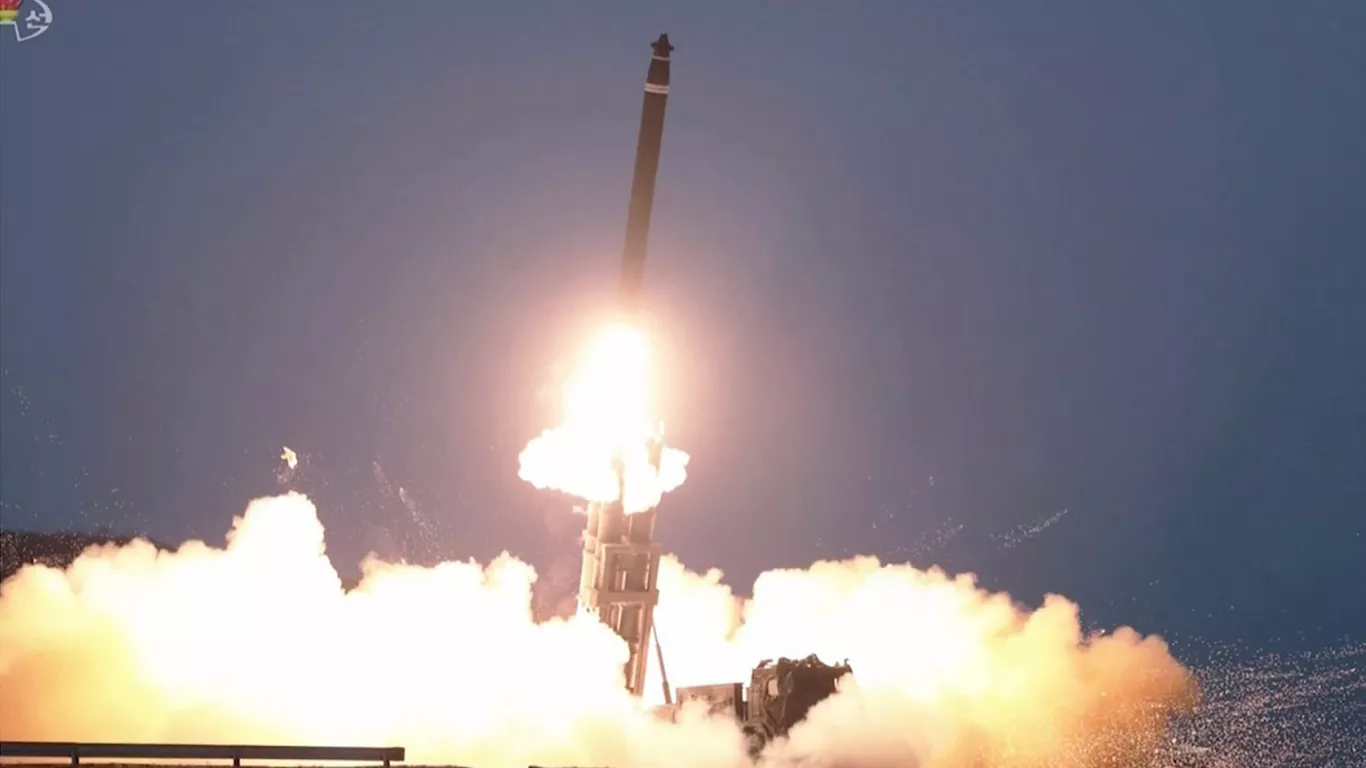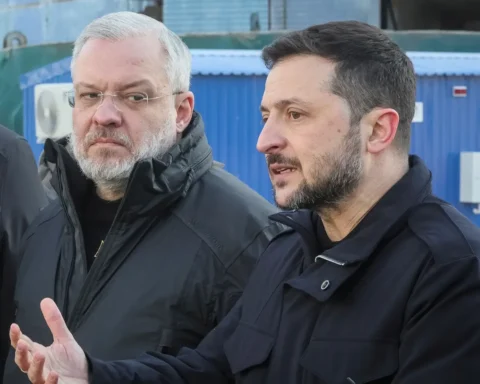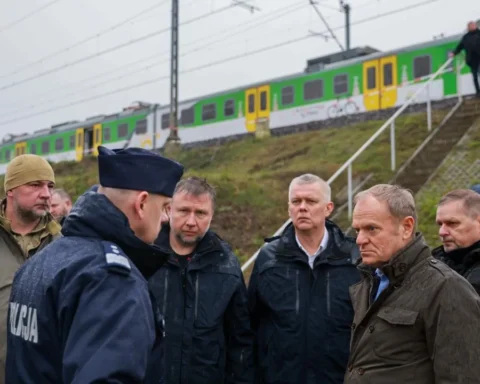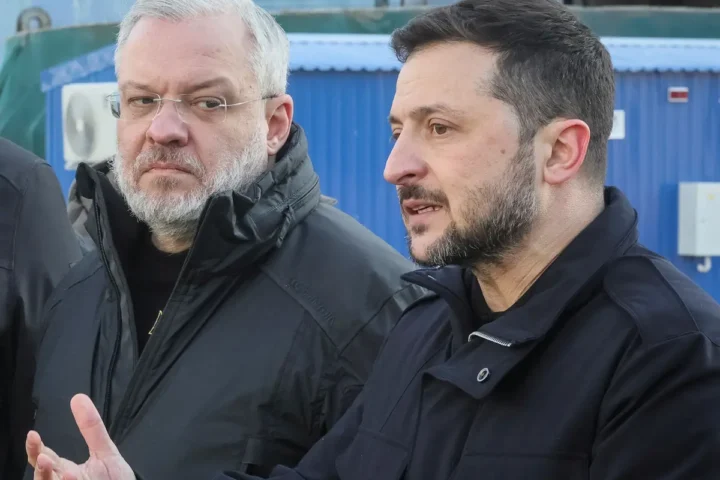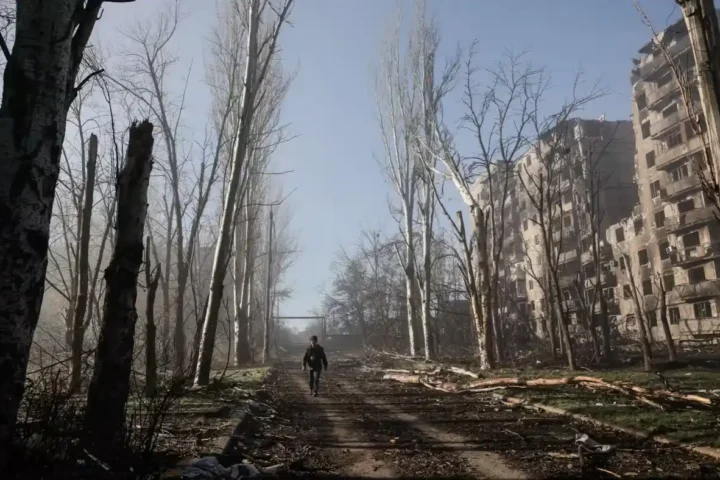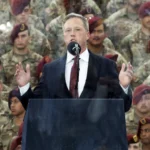The global era of nuclear disarmament, which began after the Cold War, is coming to an end. According to the latest annual report by the Stockholm International Peace Research Institute (SIPRI), the world is entering a new phase marked by the modernization of arsenals, the buildup of warheads, and the growing risk of nuclear conflict.
The End of Reduction
As SIPRI notes in its 2024 report, while the U.S. and Russia continue to dismantle retired warheads, the pace of disarmament is slowing significantly. At the same time, nuclear powers are ramping up their modernization programs, which could soon result in the number of new warheads surpassing those being dismantled.
“The era of reductions in the number of nuclear weapons in the world, which had lasted since the end of the Cold War, is coming to an end,” said Hans M. Kristensen, Associate Senior Fellow with SIPRI’s Weapons of Mass Destruction Programme. “Instead, we see a clear trend of growing nuclear arsenals, sharpened nuclear rhetoric and the abandonment of arms control agreements.”
According to the institute, the global stockpile now stands at approximately 12,241 nuclear warheads, with 9,614 in active military stockpiles, ready for potential use. More than 2,000 of these—almost entirely belonging to the U.S. and Russia—are kept on high operational alert on ballistic missiles.
China Leads the Buildup
SIPRI highlights China’s accelerated nuclear development. Since 2023, its nuclear arsenal has grown by around 100 warheads annually, reaching at least 600 warheads today. The institute estimates that by 2030, China could possess as many intercontinental ballistic missiles (ICBMs) as either the U.S. or Russia.
Despite domestic challenges, both the U.S. and Russia are continuing their massive nuclear modernization efforts. SIPRI forecasts that the number of deployed warheads in these countries will increase in the coming years.
The Return of Nuclear Sharing and Increased Risks
Another alarming trend is the renewed focus on nuclear sharing. In 2024, Russia and Belarus claimed that Russian nuclear weapons were stationed on Belarusian territory. In response, European NATO members expressed willingness to host U.S. nuclear weapons, while French President Emmanuel Macron suggested that France’s nuclear deterrent might take on a “European dimension.”
SIPRI warns that such developments greatly increase the risk of miscalculation and escalation.
“It is critical to remember that nuclear weapons do not guarantee security,” said Matt Korda, Associate Senior Researcher with SIPRI’s Weapons of Mass Destruction Programme. “As the recent flare-up of hostilities in India and Pakistan amply demonstrated, nuclear weapons do not prevent conflict. They also come with immense risks of escalation and catastrophic miscalculation—particularly when disinformation is rife—and may end up making a country’s population less safe, not more.”
Artificial Intelligence: A New Risk Factor
An additional concern raised by SIPRI is the growing use of artificial intelligence (AI) and advanced technologies in crisis decision-making. According to the institute, this could lead to fatal errors caused by technical failures, miscommunication, or misinterpretation—especially under time pressure.
Global Military Spending Continues to Rise
SIPRI also reports that global military spending reached a new high of $2.7 trillion in 2024, marking the tenth consecutive year of growth. The increase was primarily driven by Russia’s full-scale war in Ukraine and a sharp rise in defense budgets across Europe.
The United States remained the world’s top military spender with $997 billion, more than three times China’s expenditure. Every European country except Malta increased defense spending, with an average growth of 17%.
The U.S., France, Russia, China, and Germany accounted for 71% of all global arms exports, with the U.S. expanding its share from 35% to 43% over the past decade. The leading importers were Ukraine, India, Qatar, Saudi Arabia, and Pakistan, together accounting for 35% of all global arms imports.
According to SIPRI, the global security architecture is on the brink of transformation. Without a return to dialogue, transparency, and arms control, the world risks reverting to an atmosphere of mutual fear, reminiscent of the darkest years of the Cold War.
This article was prepared based on materials published by Euronews. The author does not claim authorship of the original text but presents their interpretation of the content for informational purposes.
The original article can be found at the following link: Euronews.
All rights to the original text belong to Euronews.


